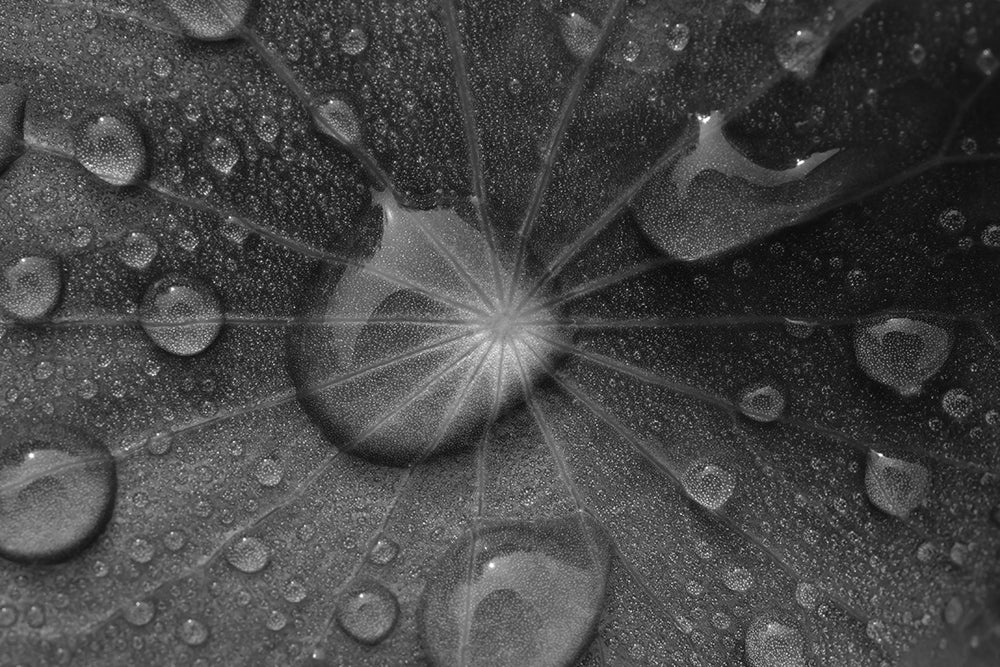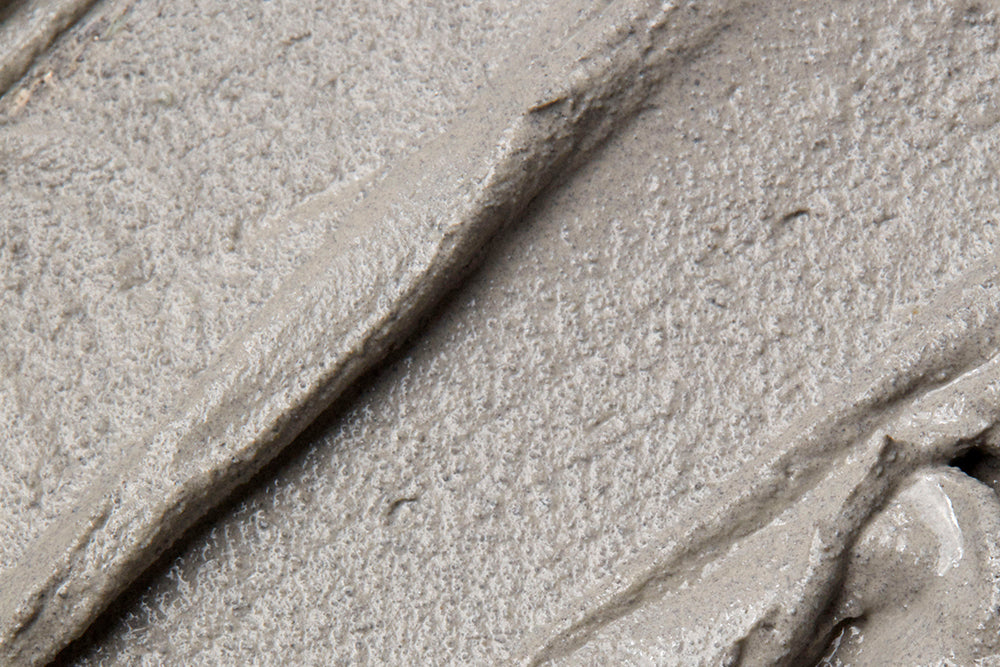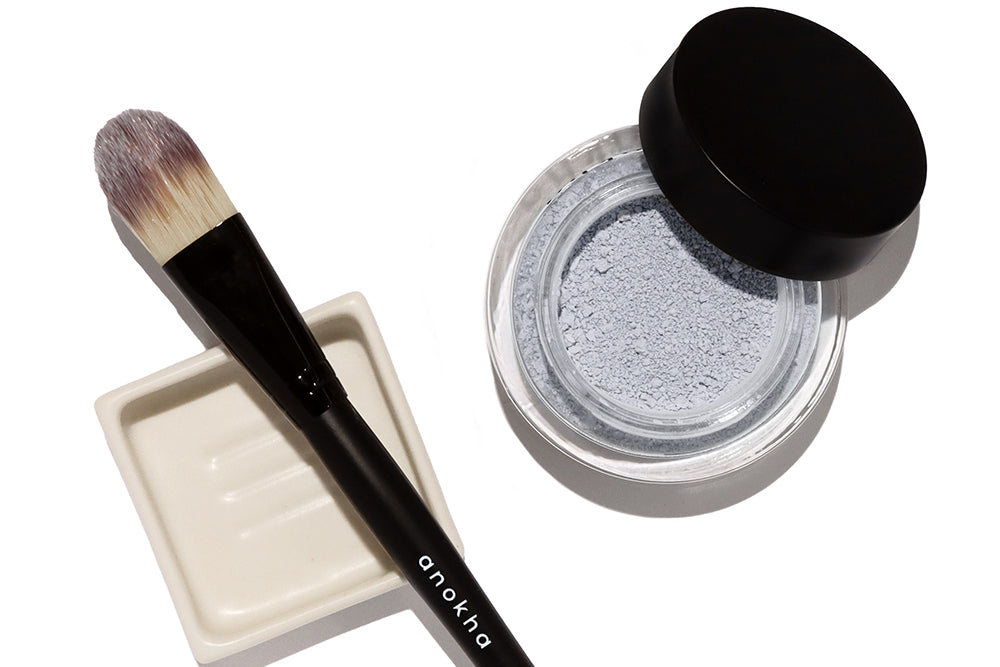
ingredient focus: Centella asiatica

the bottom line
It’s one of our all-time favorite botanicals – gotu kola, also known as Centella asiatica or cica. Diminutive and unassuming, this little shrub packs a host of benefits into every part of its leaves and roots. Some say that gotu kola is believed to bring about kaya kalp, or complete rejuvenation of the body. We think so, too - read on to find out why it’s a champion of both eastern and western beauty.
first layer: history
Considered to be the most spiritual of all herbs, Centella, also known as gotu kola, Indian pennywort or brahmi, is found throughout the swampy regions of the Indian subcontinent and Southeast Asia, as well as Madagascar, South Africa, Oceania, and Central America. It is reportedly used by yogis in some areas of the Himalayas to improve meditation, and is said to develop the crown chakra at the top of the head.
Known as the “fountain of life”, Centella is believed to have been responsible for the long life – 200 years – of an ancient Chinese herbalist. It’s best known for its significant brain, nervous system, and memory support. In South India, the reportedly long memory of the elephant has been attributed to the pachyderm’s preference for its leaves. Centella asiatica has also been classified as an adaptogen*, an agent that helps the body to adapt to stress. More recently, Centella been used in the West in the treatment of leprosy, burns, open wounds, stretch marks, and scarring.
second layer: science
In order to appreciate the magnitude of effects of Centella, it’s critical to understand some basic skin science. The skin is made of up three main layers: epidermis, dermis, and subcutaneous tissue (or, hypodermis, if you’re in the UK). The epidermis contains five of its own layers, but lacks its own blood supply. The dermis, which sits between the epidermis and subcutaneous tissue, is a fibrous structure which contains collagen, elastic fibers made of elastin and fibrillin, blood vessels, nerve endings, hair follicles, and sweat glands. The primary cell within the dermis is the fibroblast. Below all of this action is the deepest layer, the subcutaneous tissue, which is composed of fat that provides insulation.
As we age, we’re exposed to injuries in the form of ultraviolet radiation, pollution, smoking, and alcohol, all of which can produce free radicals (or, reactive oxygen species). These free radicals create oxidative stress and an inflammatory response which can damage DNA and result in injury to the epidermal and dermal layers of the skin. In the skin, this manifests as premature aging of the skin with decreased elasticity leading to increased wrinkling, age spots, and decreased skin tone.
Enter antioxidants, the skin’s superhero for stressed skin. Antioxidants can stabilize free radicals, limiting their potential to damage the body. While we typically think of antioxidants as topical ingredients, they’re primarily found in many of our favorite foods – blueberries, strawberries, kale, dark chocolate, and red wine, to name a few. Topically, vitamins C and E and coenzyme Q10 (or ubiquinone) are some of the best-known antioxidants.
Now that we understand some basics of skin and how it ages, let’s return to Centella. Centella asiatica contains a large number of constituents, the most important of which are the centelloids. The centelloids include centelloside, asiatic acid, madecassic acid, and asiaticoside. Centelloids have been studied extensively in both animal and human studies for their effect on the skin. Centella asiatica extract has been clinically shown to improve skin moisture by increasing surface hydration and decreasing loss of water through the epidermis. A decrease in inflammation has also been noted with topical use. Fibroblasts in the dermis are stimulated by Centella asiatica, thereby increasing collagen production and scar strength. Angiogenesis, or the increased growth of blood vessels, is also induced, and decreased accumulation of excessive fat in cells has been noted.
One of the components of Centella asiatica, asiaticoside, has specifically shown both anti-inflammatory and antioxidant activity. The stimulation of hyaluronic acid synthesis has also been reported in experimental studies. Extract of Centella asiatica has even demonstrated anti-hyaluronidase and anti-elastase activity. More on why all of this matters next.
third layer: use
While the Food and Drug Administration (FDA) has not evaluated the use of Centella for any medical uses or claims, it has tremendous potential in cosmetic skin care based on its amazing data. Its potent antioxidant and anti-inflammatory activity make it a valuable ingredient in the care of sensitive skin and reduction of age spots. By promoting the production of collagen and decreasing the loss of elastin, Centella asiatica helps to support aging skin by improving skin elasticity and firmness. As a result of its ability to decrease the loss of transepidermal water and hyaluronic acid, Centella is able to maintain skin hydration, supporting its use in moisturizers for the skin. Although it’s been used traditionally in the treatment of open wounds, it is a useful addition to scar creams and stretch mark treatments. Limiting the excessive growth of fat in cells even indicates a potential treatment for cellulite.
fourth layer: how we do it
There’s no shortage of uses for this amazing little herb. Centella is a key ingredient in our lotus flower & rosewater toner, as well as our lotus & lychee facial crème and our rosehip replenishing balm. We even have a bit of it tucked into our first anokha man product, white tea & lychee toner.
All this and more at www.anokhaskincare.com .
xx
anokha
definitions:
adaptogen: an agent that helps the body adapt to stress
faq's:
what is Centella?
Centella is a South Asian shrub that has a number of skin benefits, including wound healing, scar reduction, and possibly stretch mark reduction. it's also known as brahmi, gotu kola, and cica.
references:
- formulabotanica.com
- Ratz-Łyko A, Arct J, Pytkowska K. Moisturizing and anti-inflammatory properties of cosmetic formulations containing Centella asiatica extract. Indian J Pharm Sci 2016; 78(1): 27-33.
- Brinkhaus B, Lindner M, Schuppan D, Hahn EG. Chemical, pharmacological and clinical profile of the East Asian medical plant Centella asiatica. Phytomedicine 2000; 7(5): 427-448.
- Bylka W, Znajdek-Awizen P, Studzinska-Sroka E, Brzezinska M. Centella asiatica in cosmetology. Postep Derm Alergol 2013; 30(1): 46-49.
- Gohil KJ, Patel JA, Gajjar AK. Pharmacological review on Centella asiatica: a potential herbal cure-all. Indian J Pharm Sci 2010; 72(5): 546-556.
- Nema NK, Maity N, Sarkar BK, Mukherjee PK. Matrix metalloproteinase, hyaluronidase and elastase inhibitory potential of standardized extract of Centella asiatica. Pharm Biol 2013; 51(90: 1182- 1187.
- gaiaherbs.com
- organicindiausa.com
- https://www.mountsinai.org/health-library/herb/gotu-kola



leave us a comment
This site is protected by hCaptcha and the hCaptcha Privacy Policy and Terms of Service apply.